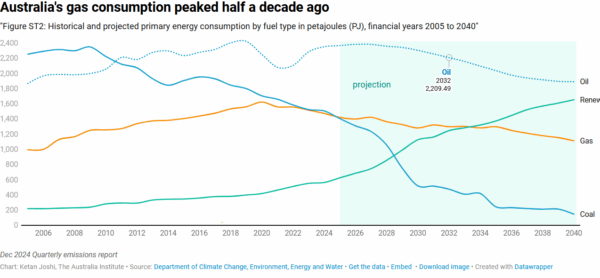Like the rest of the world, productivity has been sluggish since the COVID pandemic, but that is largely due to businesses failing to adequately invest in machinery, equipment, technology and skills, at a time when many are recording record profits.
The research also reveals that disappointing productivity is not the cause of the problems facing Australian households, like falling real wages, high prices, high interest rates and the unaffordability of housing.
Key findings:
- If real wages had grown at the same rate of productivity since 2000, average wages would be 18% – or $350 per week – higher.
- Australian businesses now invest less than half as much in research and development as those in other OECD countries.
- Higher productivity does not automatically “trickle down” to workers in terms of improved wages or living standards.
- Productivity benefits are trending toward high-paid executives, shareholders and profits, rather than workers.
- Business claims that productivity can be improved by wage cuts, tax cuts, deregulation or reduced unionisation are false.
- The idea that workers should “tighten their belts and make do with less” to improve productivity is a lie.
“Productivity has become an excuse for big, profitable businesses to do whatever they like,” said Greg Jericho, Chief Economist at The Australia Institute‘s Centre for Future Work.








